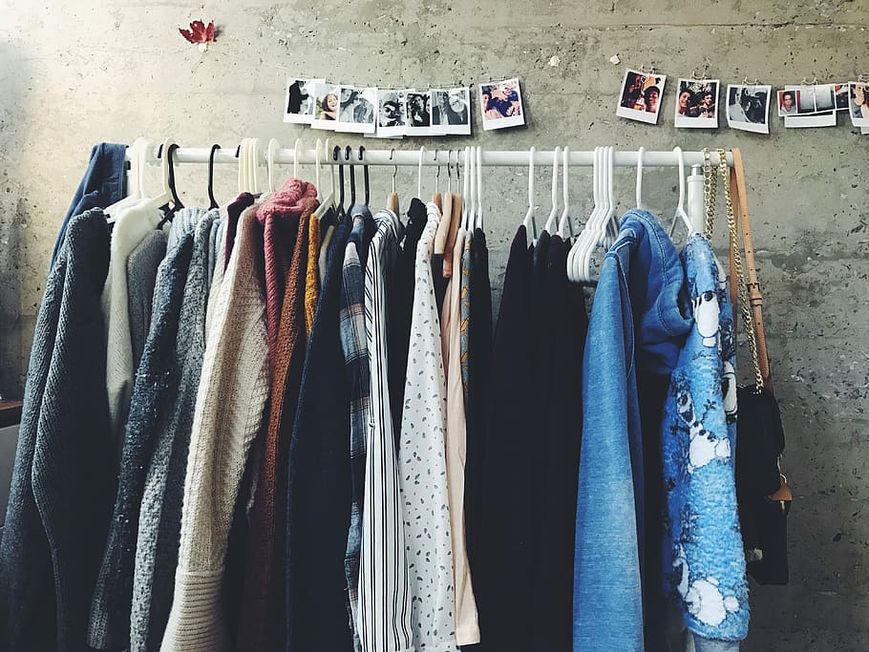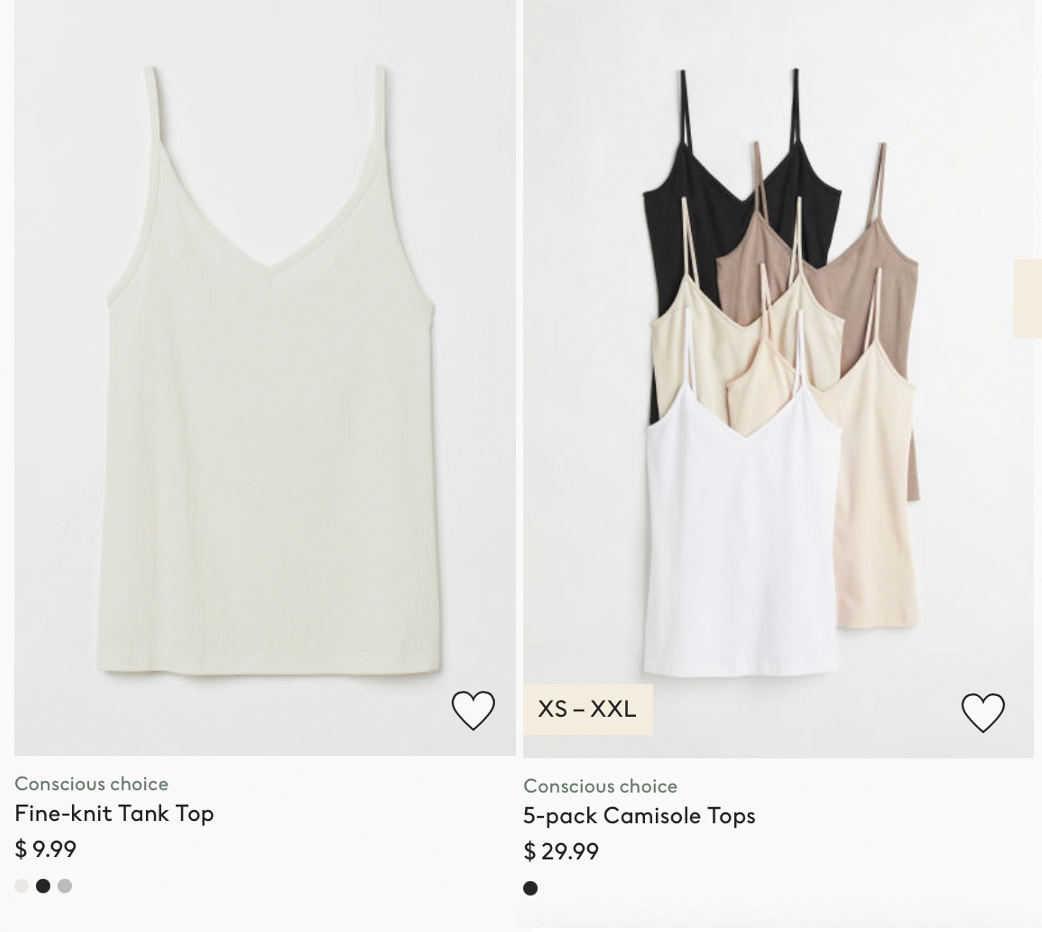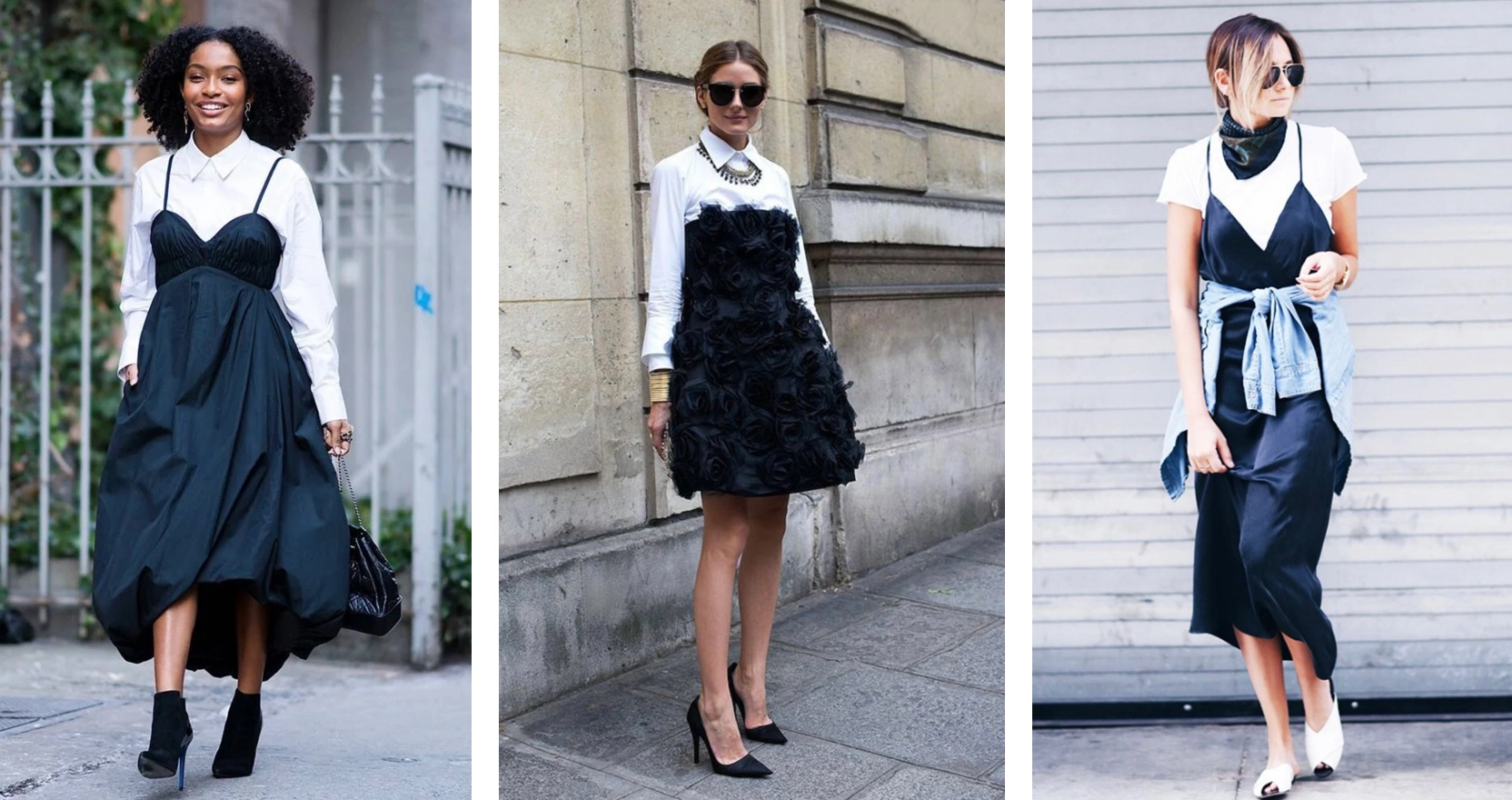5 Ways to Get Rid of Old Inventory
If your inventory has not been sold within 90 to 120 days, you need to take extra action to sell them. Because your business is a living thing, you can consider your cash flows as the life-blood of your business. Clothes that are waiting on the shelf would prevent you from buying fresh inventory!
Even though you did your research well, purchased a reasonable amount of clothing inventory, and priced your items based on a good strategy; you may still face deadstock, but no need to worry! One thing is for sure: You have to take action as fast as possible. In this blog, we are presenting you several actions and marketing strategies that you can follow to get rid of your old inventory.
1. Bundle/Multi-buy discounts:
Bundling makes your items look more attractive since they make buyers feel that they get more for less. Also, bundled products are perceived as an opportunity that is special to your boutique and should not be missed. There are different ways to bundle products and sell them out fastly.
Fast-Moving and Slow-Moving Bundle
The first way to bundle products is to match fast-moving and slow-moving items together and sell them as one. For example, there are two groups of clothing you bought; one of them is a year old jeans that are still waiting to be sold. The other wholesale clothing contains knitted loungewear that is trending today. You can match and sell them together so that the charming effect of loungewear can boost the sales of the unsold old jeans.
Identical Product Bundle
You can bundle identical products and sell them as a pack for a lower price. For example, let’s assume that there was a trend of wearing oversize, colorful shirts for women’s fashion. Because of this, you overly purchased a heavy amount of oversize shirts with different variable colors. You cannot sell them since the trend has changed, and shoppers are not interested in these kinds of shirts anymore. What can you do? You can bundle the shirts in groups of three and sell them for two of their original price. This way, you can cover the diminishing effect of trendiness with the attraction of buying more for less.
You can see an example above that is taken from the H&M website, camisole top category. Naturally, a bundled one is more attractive in a buyer’s eyes because they can buy five tops for the price of three. This way, H&M manages to sell more products by applying a bundle discount.
Old and Low-Cost Bundle
You can also pair your unsold inventory with your low-cost items. Let’s again take those jeans that could not be sold out. You can pair them with some belts and increase their value in customers' eyes.
2. Apply Discount
One of the first things that come to mind when we say that there is a deadstock problem; is applying a discount to show the prices are more reasonable and attractive to the customers. However, if discounting is not done based on a good strategy, soon you may lose your profit margin and even go into bankruptcy.
You can follow several ways of discounting. For instance, you can apply a flash sale which means decreasing the prices radically for a short period, you can start a discount at a low rate and increase it slowly until you observe a movement or you can prefer to apply higher discounts on larger amounts of items. Let's compare these and see which option is more suitable for you.
Flash Sale
A flash sale occurs when an online or offline store owner offers a significantly high level of discounts for a limited time. The main goals of a flash sale strategy are to urge your shoppers to buy more, improve short-term sales, and get rid of your deadstock. That may look like a risky option for you because we are not talking about small discounts. You may think that you would lose the chance to make a profit, out of your inventory. However, large discounts and limited time together create an urgency inside the customers’ minds so that they would be willing to buy your items more. You can get rid of your slow-moving inventory in just a few days.
Let’s assume that you cannot sell out a collection of summer outfits, and autumn is coming fast. You can organize a flash sale as an event based on a seasonal sale. Imagine this seasonal sale such that all the items have up to 30-40 percent discount, which will last for a week. Emphasize low prices and the short time of the event to attract more customers so that your old inventory can gather speed by selling out a good amount in a couple of days.
Strategic Discount
This approach is pretty straightforward and a little bit experimental. You can start with a small discount and then continue to increase the discount percentage until you realize the movement of selling. However, you need to keep an eye on the markup amount applied to your items while you price them. You can follow this strategy if you know your customers well and trust your observation skills. When you realize there is a movement occurring in your old inventory, you can stop decreasing the price so that you can keep your profitability.
Higher Discount on Larger Amounts
There are much safer ways of discounting. For instance, you can follow a strategy such as giving higher discounts on large amounts of purchases. In other words, start by offering a small discount on single goods and a larger discount on several items. For example, let’s say you have a group of t-shirts that you applied for a 10% discount already. You can make it 15% off for the second one. That can lead the customers to buy not just one but several t-shirts.
3. Remarket your items for Online and Offline
Remarketing for Online Stores
When you cannot sell a part of your inventory, check their presentation on your website and other online platforms. Women's clothing photography is crucial, but it may also be challenging to get right every time. Give your items a new look by using more appealing photos. You can create new combinations of outfits to show your customers that your items look stylish together and convince them to wear those items in their daily life.
For example, if your collection of summer outfits is unsold. Owing to a technique called “layering”, you can now breathe a new lease of life into your leftovers. This means that you can style your summer clothes into winter clothing by putting on one layer over another.
As you can see in the picture, you can present summer dresses as winter outfits by combining them with long lease sweaters or shirts. It not only looks stylish but also gives another idea to the buyer’s how to wear the item. All in all, you can remarket your summer outfits as winter outfits by changing the presentation of your items.
Other than this, if one item remains unsold maybe that means you have to combine it with more attractive and suitable pieces. Run through your inventory and try to recombine your unsold item.
After you form your combinations, take good pictures of them and allow them to meet with your customers on your social media accounts. Treat those combinations as brand-new looks; the fact that you presented some of those unsold items to your followers before, does not change anything. Use the advantages of online marketing in the form of posts, stories, and reels to present the new looks you created. Invite the visitors of your page to your fashion tour, and let them explore and get the idea of how stylish your items and combined.
Make sure the photographs are of good quality, that you display the item from many angles, and that you include a lifestyle shot reflecting a positive effect. You do not have to be a photography expert for these, you can also use some apps that can guide you to get your item posts in desirable shape.
Remarketing for Offline Stores
Place is a key factor for physical boutiques. In some cases, the problem could be your way of selling or positioning the product. When it comes to slow-moving or old inventory, try to update your marketing and positioning efforts. Move things around, and change the design of your boutique. Use your space efficiently and try to make your old inventory more visible and attractive in the eyes of your customers. For example, place your items on your vitrine so that those items can pop up in the viewers' eyes.
Or, rather than placing the item only in one corner of your boutique, have those items in more places in the boutique. If you want to sell a group of t-shirts, other than its section, you can also place them near the bottom items. This way, those t-shirts not only become more visible, but they become more attractive since you give a consulting service by combining top wear and bottom wear.
Moreover, your customer’s behaviors are gold for you when it comes to positioning. Watch your customers, where they are leading first when they enter. After that, place your old inventories in those places so that they become more insightful. The most important thing you have to take into consideration while replacing your products is, not filling the whole boutique with your old inventory. If you use a large place for only your old items, it may decrease your boutique’s reputation.
Lonca’s advice: Mix your old and fresh inventory. That way the customers will have the chance of exploring new clothes besides checking out the old inventory.
4. Increase the Traffic of Your Online Platforms
Maybe you are dealing with a deadstock problem because you are not visible enough customers. Increase the traffic of your online stores!
Stories and Reels
Here is one of the most important tips, try to be more active on your social media accounts. Stories and Reels play a critical role in increasing your brand recognition and awareness. You can use these features as a fashion tour to give a quick review.
For example, let us think about the collection of summer outfits again. You have the option to create reels to attract your current and potential customers. First of all, you need a model. You can use the power of influencers to increase the number of potential leads. Or, if you do not know any influencers, that is fine. You can just ask a friend to do modeling for you. After you have your model, the rest will come itself. You can dress up your model with your beautiful and stylish combinations, film a short video, add an attractive font and swing music, and you are done.
Reels are the key factor that identifies your awareness because people who do not even follow you will be able to view your reels on the ‘For You’ page. That implies that your video might be discovered by the wider community based only on involvement, regardless of whether you have a significant audience or not. That is a fantastic opportunity to expand your audience and gain more followers.
Enter New Online Platforms
As you know, online shopping is a new trend in today's social life. The major advantage of all online places is that they are relatively cheaper to obtain when compared with offline places. So if you can not reach enough people to sell all of your inventory, you should get yourself a place on a different online platform.
For instance, if you are not on Instagram, you should immediately open a business account. If you do not have a website, work on it. If you already have, you should have access to more platforms.
You might be able to sell the products on Facebook, Google, or Poshmark. If you want to learn more about different places to sell your clothes, you can check out our previous blog. This option will take some time because you will need to develop product pages and photograph each item (if you haven't done previously for other platforms), but these sites could be an excellent way to get rid of excess inventory.
5. Donate your old inventory
By donating that new, idle merchandise to charity, your business can earn a federal income tax deduction under Section 170 (e)(3) of the U.S. Internal Revenue Code.
Under the tax code, deductions are equal to the cost of the inventory donated, plus half the difference between the cost and fair market-selling price, not to exceed twice the cost.
For example, if the item you want to donate costs $7 and the price is $20. The difference between price and cost is $13, the half of it is $6.5. So your deduction is equal to $7 plus $6.5, which is $13.5.
The only constraint here is that the amount of deduction cannot exceed twice your item's cost. In this case, since $13.5 is smaller than $14 you are good.
Not only do you help nonprofit organizations, but you also get rid of your old inventory. Clearing non-moving inventory might take a disproportionate amount of your business' time, money, and effort. By donating your old inventory, your business can focus its advertising and promotional dollars on your top performers, where they'll have the most impact.
All in all, having a deadstock is not the end of the world if you get rid of it as soon as possible. In this blog, we presented you with different ways to get rid of old inventory so that you can pick up the suitable ones for your boutique.




